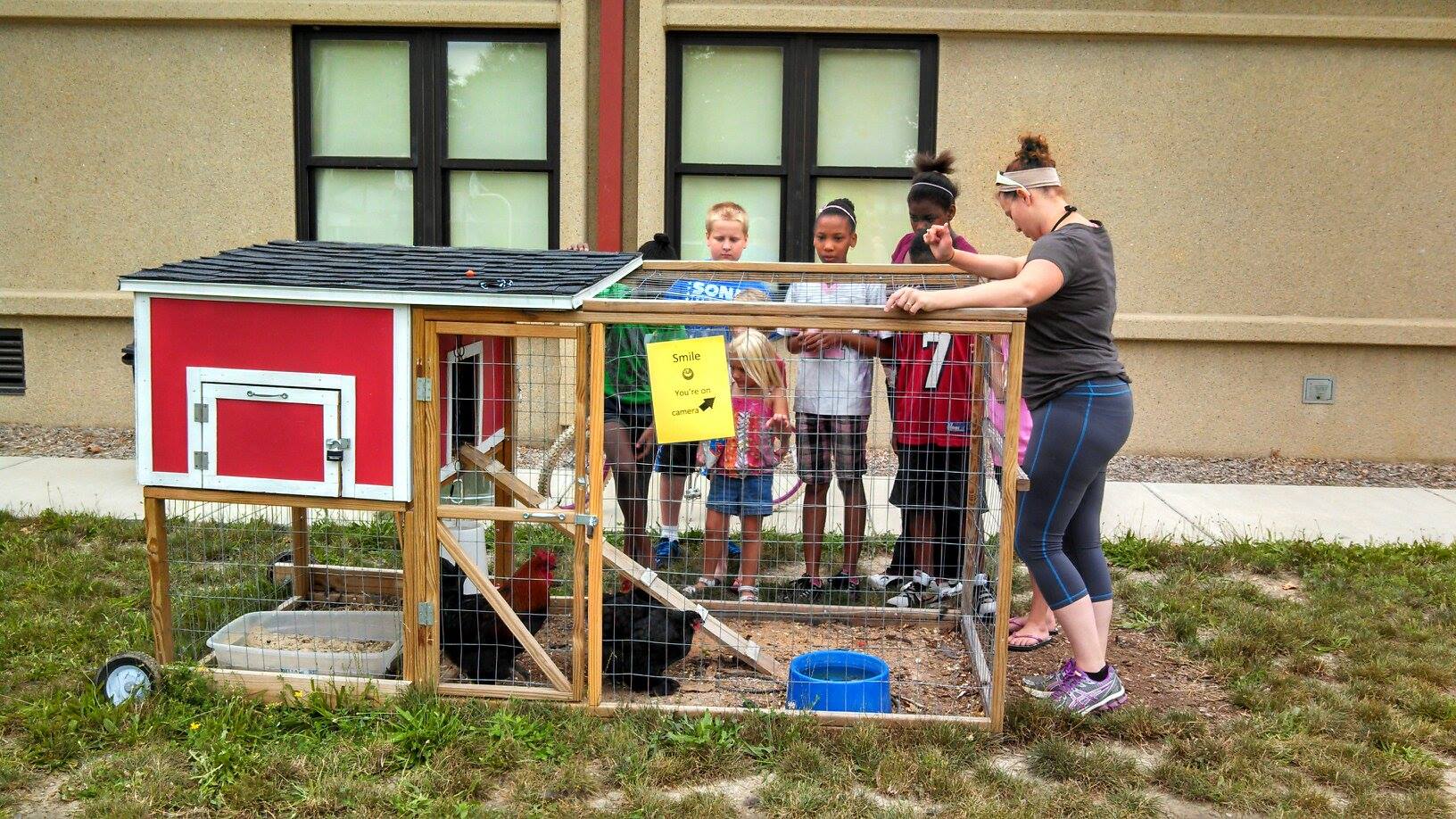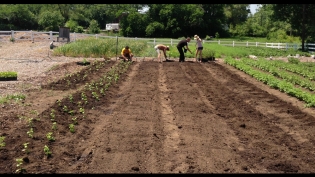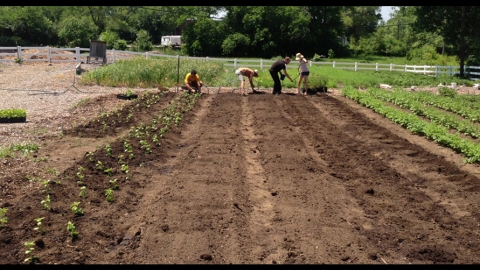Indy Food Council Confronts Flailing Food System, Part 2
According to City-County Council Member Zach Adamson, 16th District, residents who live on the eastside of Indianapolis say on average they shop at grocery stores between three and six miles from their homes.
“Obviously when you don’t have access to anything, it’s frustrating,” Adamson said. “It adds to the day-to-day struggle that people living in poverty have to deal with among many others.”
Adamson lives on the eastside. He commutes to the city for work each day and stops at a grocery on the way home. Many of his neighbors aren’t as fortunate. They don’t have cars. They travel on foot or rely on public transportation or friends for transportation.
“You can probably find bread or milk or juice, but Speedway doesn’t have baby formula or vegetables,” Adamson says. “When you’re financially challenged, you’re looking for the most bang for your buck. Even when you’re dealing with Family Dollar or discount stores that have food products, I wouldn’t call them food because they’re so lacking in nutritional value.”
In fact, according to Walk Score, a company providing walkability services and apartment search tools via web and mobile applications, Indianapolis ranks the worst in the nation for the percentage of people who have easy access to food. Walk Score made their estimates based on how many people could walk to a grocery store within five minutes. This means the eastside is a food desert as defined by the USDA. To meet the USDA’s definition of food dessert:
20 to 40 percent of residents must make 200 percent or less of the federal poverty level
In an urban area, residents must have to travel a mile or more for groceries
In a rural area, they must have to travel more than 10 miles for groceries
Several years ago there used to be a grocery store on the eastside of Indianapolis, but it closed and nothing has since replaced it.
Adamson says you can’t talk about the problem of food deserts without acknowledging the role retailers play. In some places, like Broad Ripple, located about seven miles north of downtown,, there are multiple grocery stores in the area.
“But you come into the very dense parts of the city that are economically challenged and they won’t even put a grocery store in there,” Adamson says. “That’s one of the reasons why it was important to pass our [Indy Food Council’s] healthy food resolutions.”
The Indy Food Council, which launched in January of 2014, focuses on making healthy food available to everyone. The council worked together to list the impacts of Indy’s high number of food deserts and called for investing money in communities that are challenged. This could include creating a special taxing district to encourage grocery stores to move in.
Indianapolis’nHealthy Food Resolution aims to make fresh food more accessible through a variety of avenues, including grocery stores, community gardens and farmers’ markets. And Adamson knows something about food accessibility as his neighborhood has raised garden beds, chickens and a beehive. Residents have also started a co-op.
“I think creation of food co-op is a testament to communities coming together and how that can really impact a lot of change,” Adamson says. “It takes a lot of time and effort. It’s expensive but we’re at nearly a thousand members now and I remember all of us coming together and many of us barely knew each other but we all realized that without us taking this action, we weren’t going to have access to healthy foods.”
Corttany Brooks is a junior at Ohio University and assistant managing editor at Edible Indy. She is working towards degrees in journalism and political science and hopes to find a job after graduation that will allow her to apply her knowledge of communications with her love of healthful living.







